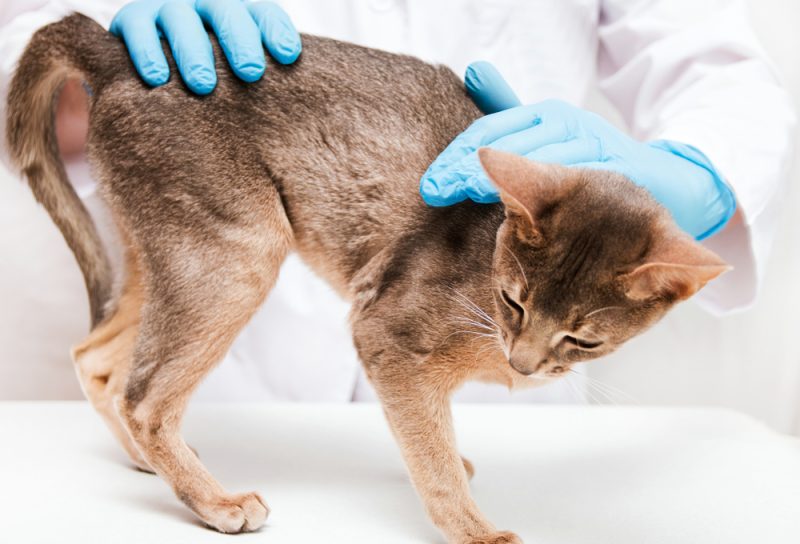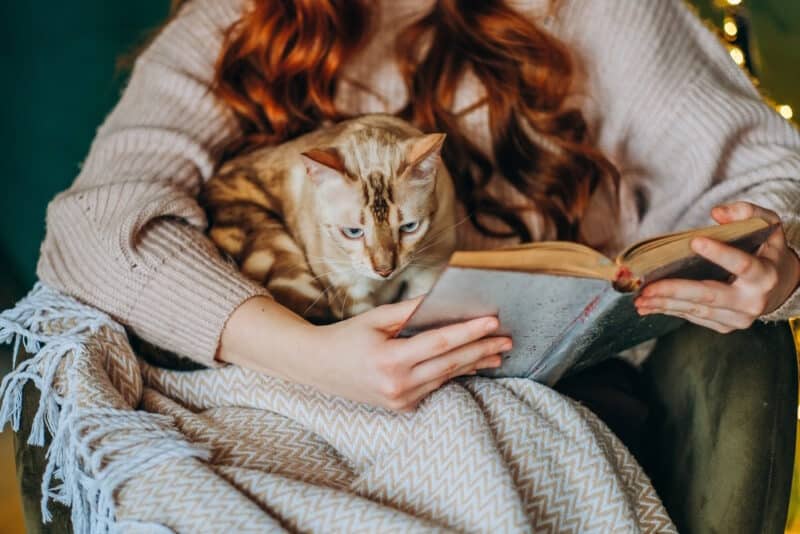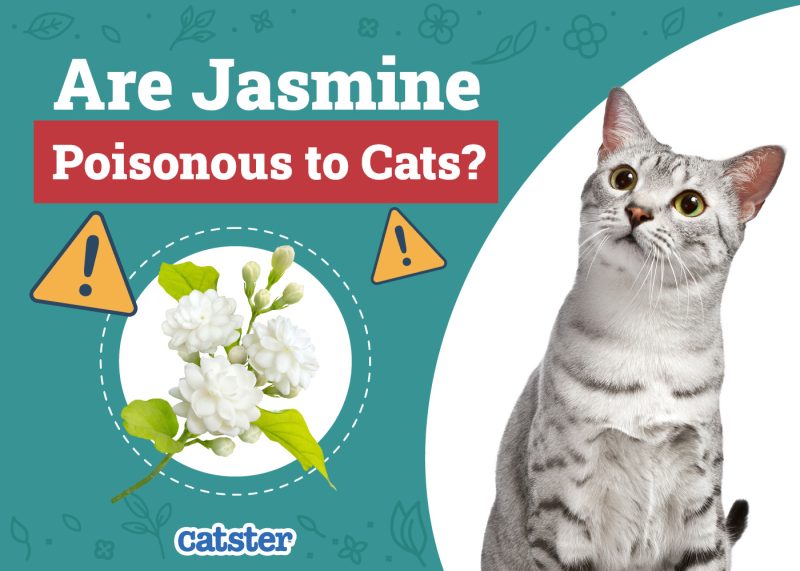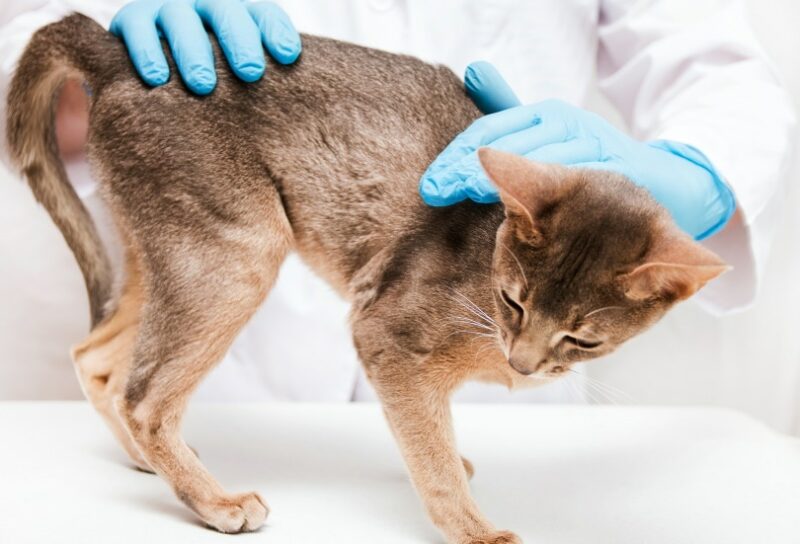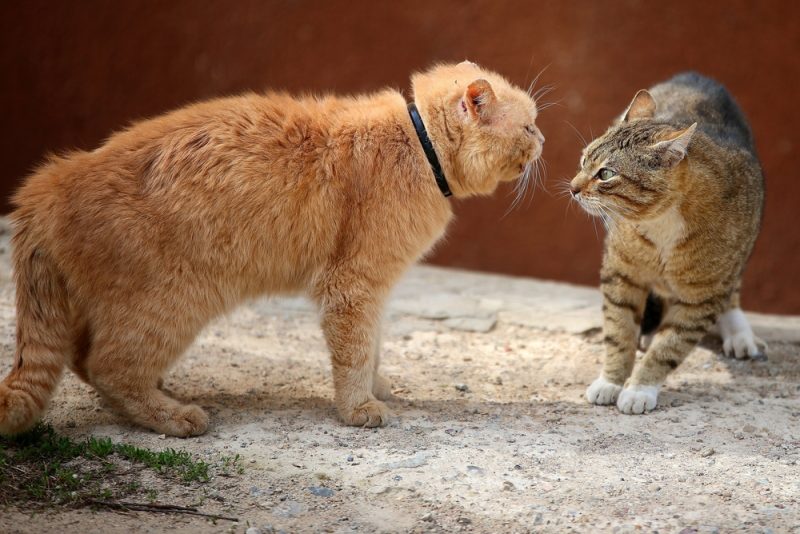In this article
View 4 More +Making the decision when to say good-bye to a beloved pet is one of the hardest things we will go through as pet parents. We love our pets and wish they could be with us forever. Unfortunately, our pets will typically only live for a portion of how long a human family member will live.
One of the most compassionate decisions we can make as pet parents is the decision to pursue humane euthanasia. If your cat has been diagnosed, or suspected to have, a brain tumor, knowing when to make this decision can be difficult.
Below we’ll discuss what to look for, how this condition is diagnosed, and when to know if you should euthanize your cat.
The Signs of a Brain Tumor In Cats
Knowing if your cat has a brain tumor may be difficult at first. Some cats will have absolutely no abnormal signs and then start to have seizures one day. Other cats may show subtle signs such as different sized pupils, tilting their head to one side, circling or head pressing. Oftentimes, these signs may not be obvious to owners. Cats like to sleep often during the day and may only exhibit these signs when no one is near-by. Or, they may not allow owners close enough to witness these abnormal signs.
The most noticeable sign of your cat having a brain tumor is the onset of seizures. These can occur infrequently and then become progressively more frequent as the tumor grows. Other times your cat may just start to have seizures out of nowhere that don’t stop once they start.
The reason(s) why your cat may seem to be completely fine one day and then start to seizure non-stop the next day is depending on where the tumor is growing. If the tumor is not causing any issues with areas of the brain that control motor function, balance, breathing and/or behavior, then your cat may have little to no abnormalities at first. Other times tumors may start to bleed and/or cause inflammation in the brain and this is why your cat starts to have seizures.
No matter when these events occur, keep in mind that once diagnosed, there is no way for your veterinarian to know exactly when the tumor started to grow. It may have just been there a few weeks, to months to even years, depending on the type of tumor and location.
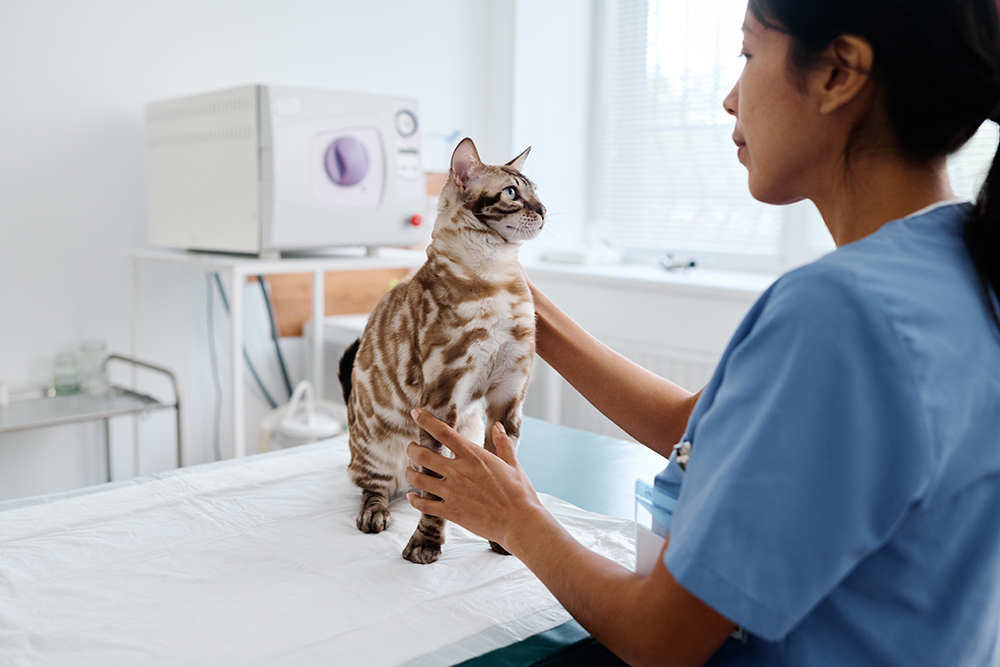
How Can a Brain Tumor Be Diagnosed?
The only way a brain tumor can be absolutely diagnosed is with advanced imaging such as an MRI or CT scan. An MRI is the preferred diagnostic tool for brain imaging.
Unfortunately in animals, these costs can prove to be too much for owners as they are paid out of pocket and not often covered by insurance as with humans. Therefore, your veterinarian may only be able to suspect your cat has a brain tumor, but without an MRI, they will never be able to say this with 100 percent certainty.
Radiographs, or X-rays, can only provide so much information. This test is not sensitive enough to diagnose brain tumors in many cases. If the tumor is completely encased within the brain, and has not started to invade any areas of the bony skull, an x-ray will not give any diagnostic information. An X-ray may provide a presumptive diagnosis of a brain tumor if the tumor has grown large enough to invade your cat’s skull, nose, eye’s and/or face.
Your veterinarian may strongly suspect a brain tumor if your cat has abnormalities on physical exam such as circling, head pressing, different sized pupils, abnormal facial nerve testing such as the ability to blink and see, etc. They may perform bloodwork but this may also be normal in cases where a brain tumor is present.
Please know that your veterinarian is doing the best they can when they give you their thoughts based on a physical exam, bloodwork, and potentially x-rays. They will not be able to tell you with 100 percent certainty if there is a brain tumor or not without an MRI or CT scan.
Quality of Life in Cats With a Brain Tumor
Your cat may or may not have a great quality of life with a brain tumor. Cats very rarely suffer from epilepsy. This means if your cat starts to have seizures, there’s very likely an underlying cause. Oftentimes, anti-seizure medications are not effective when there is a tumor. Or, the medications are only effective for a short period of time.
If your cat needs these medications, you will have to try and give them to your cat two or three times a day. Many cats won’t allow pills or any medications to be given to them. Chasing your cat and giving medications to them may cause more stress than they’re worth.
Some cats will stop eating with a brain tumor or have little to no appetite. Others may lose their vision, have difficulty walking and/or be running into furniture and other household objects. Brain tumors in cats may have very few treatment options, and most are incurable. Because of this, it’s important to recognize that cats with brain tumors will have progressively worse abnormal signs and discomfort.
All of the above things add to the quality of life of your cat. If your cat is not able to enjoy day to day activities such as eating, drinking, cuddling, playing and/or sleeping, then you may need to consider humane euthanasia. If your cat is having seizures frequently, this is also an indication that their quality of life has become poor.

How Can I Assess My Cats’ Quality of Life?
There are some good tools available for those who are struggling to know if their cats’ quality of life has decreased to the point where euthanasia should be considered. A few good online sources include one by Lap Of Love, and another by The Ohio State School of Veterinary Medicine. Both of these online questionnaires and assessments should be answered honestly by you and other members of the family. The score will help you be more objective when looking at your pets quality of life so you may potentially make the decision to move forward with euthanasia. When making the decision to pursue euthanasia, the love for our pets and the want to have them around for longer may overshadow our pets’ true underlying health and happiness. These assessments help us to focus on them, not the extreme emotions we may feel about losing them.
You can also make a calendar of good days and bad days, or create a ranking scale yourself or with the help of your veterinarian. If your cat has consistently more bad days than good, humane euthanasia should be considered.
Natural Death at Home
Frequently, we as veterinarians hear owners’ wishes that their pets just pass away peacefully at home. The unfortunate reality is that death in its natural form, is often not peaceful and can be very difficult to watch. In the case of a brain tumor, your cat may start to seizure and not stop until they pass. This may be minutes to hours of non-stop seizures. Your cat may become non-responsive and be lying there, unable to move or interact until their breathing stops. Your cat may have an abnormal heart rate and/or breathing as they pass, which can be uncomfortable for them and for you to watch.
While we all want to pass peacefully in our sleep, the reality is that this is rarely the case. Giving your cat a peaceful ending with euthanasia is one of the most compassionate decisions you can make as a pet parent. You can hold them, have the family be with them, and even have a veterinarian come to your home to provide the euthanasia service if you want. Your cat can be sedated beforehand so they don’t feel anything and are not stressed during the process.
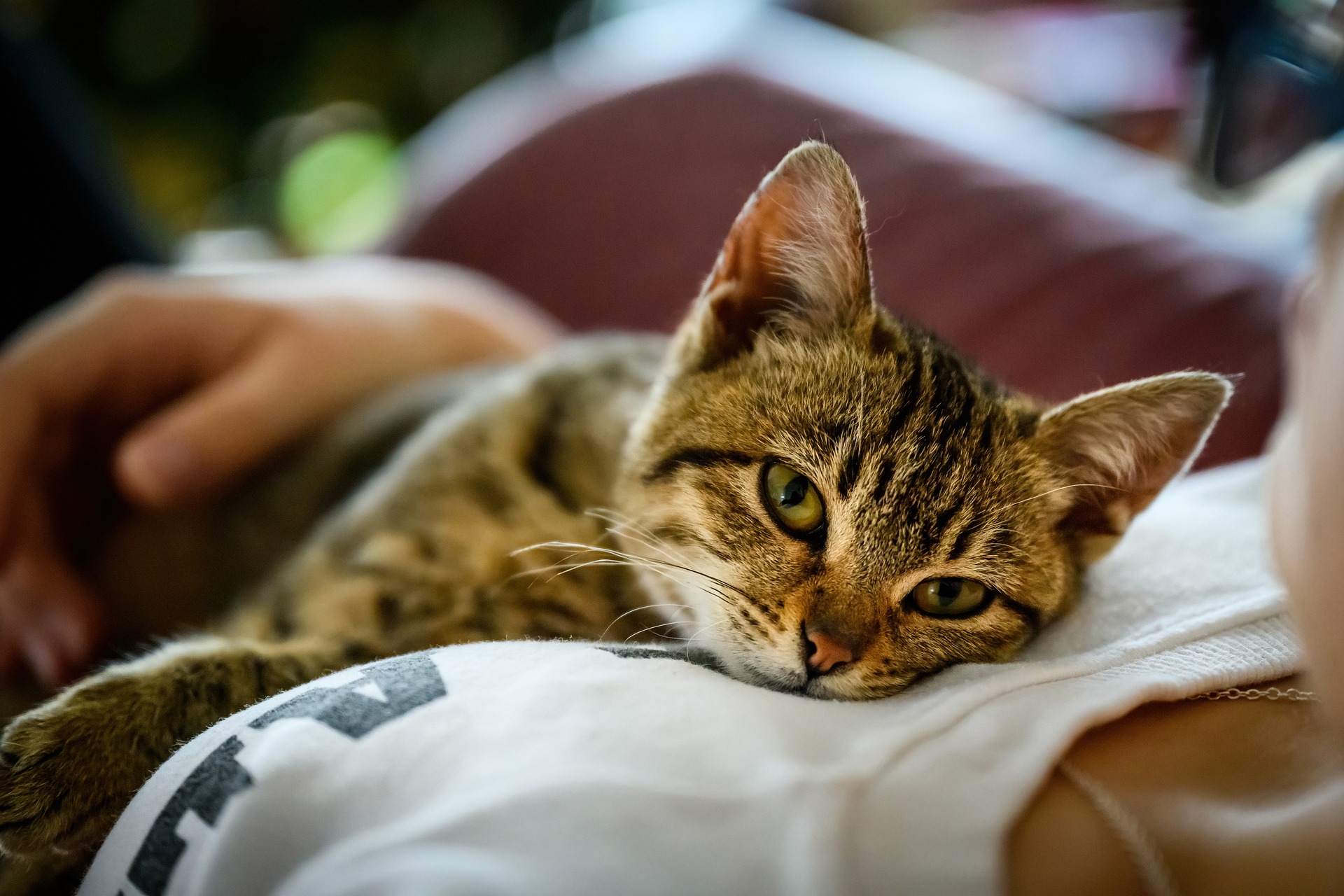

Conclusion
Losing a beloved pet, whether they pass naturally or you pursue humane euthanasia, is an extremely difficult decision. In cases where a cat may have a brain tumor, making the decision to pursue euthanasia is often dependent on their day-to-day quality of life. Frequent seizures, difficulty, and/or inability to perform and/or enjoy normal daily activities may help you determine it’s time to say goodbye.
Brain tumors are often unable to be treated, and will only worsen with time. Making the difficult decision to pursue euthanasia will oftentimes give your cat the peaceful ending they deserve before they suffer from an often incurable disease.
Featured Image Credit: Nataly Mayak, Shutterstock
